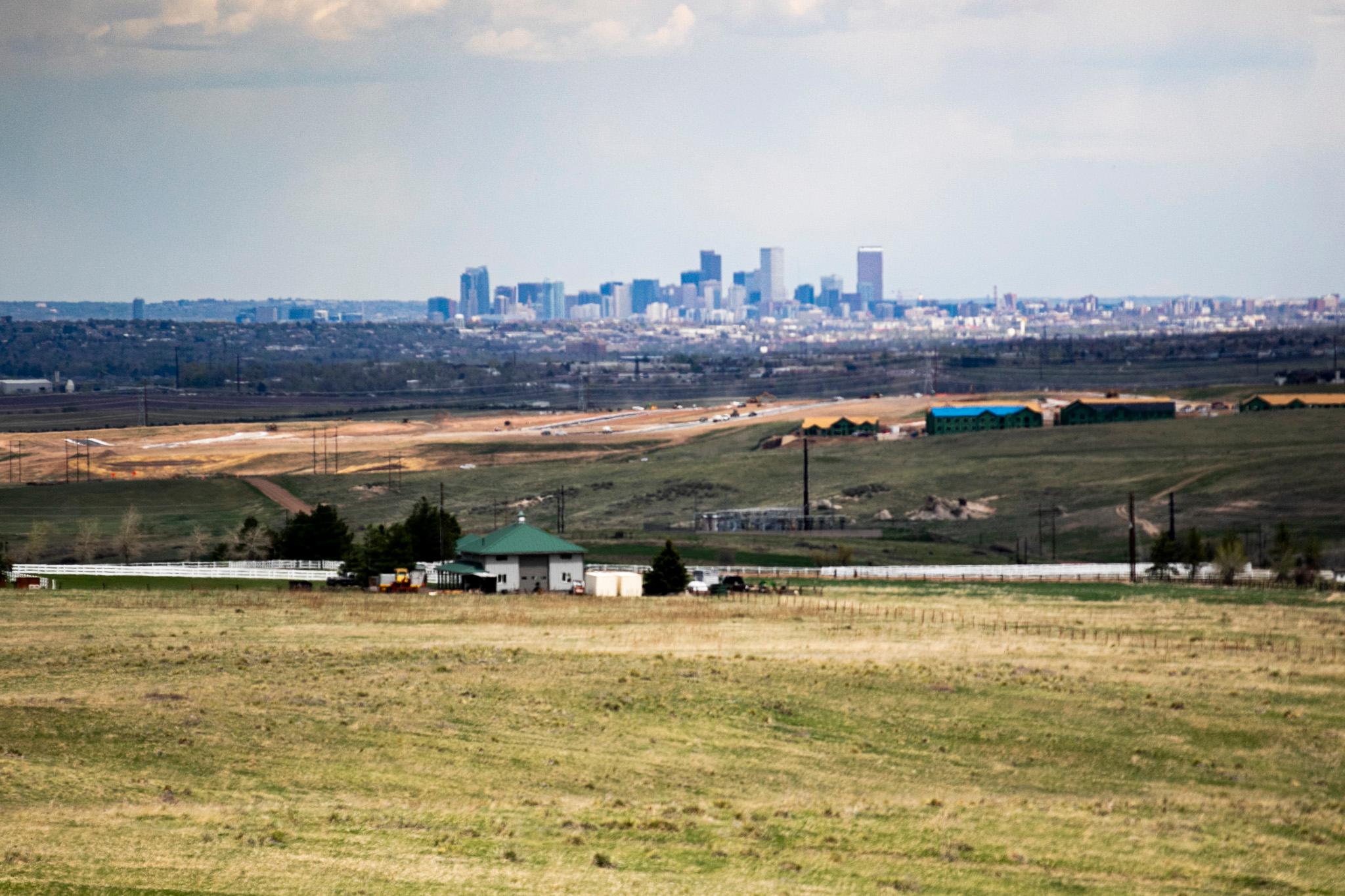
Stung that a proposed 2016 ballot initiative that would have sent millions of dollars to Colorado classrooms was abandoned, a coalition of school funding advocates is quietly meeting to consider crafting a different package for the 2018 election.
Great Education Colorado, a nonprofit that advocates for school funding, has pulled together education leaders and community organizations to discuss the issue. How big the ask might be and details such as potential ballot language are unknown because the group’s work has just begun, said Lisa Weil, the nonprofit’s executive director.
“We have to prepare the ground for something to be successful,” Weil said. “This work is to make sure we don’t miss an opportunity.”
The working group is made up of representatives from organizations such as the Colorado PTA and the Colorado Rural Alliance. Faith leaders and organizations that advocate for people of color and those with disabilities also are participating.
Weil declined to identify the organizations but said “we have to have a broad organization thinking about this.”
For any push to be successful, Weil said, it will take advocates talking to voters in all corners of the state, not just “television ads and slick mailers.”
Earlier this year, Weil’s group and many others in the education community rallied behind a proposal to ask voters to approve additional taxes to pay for education, roads, mental health and services for seniors. But organizers suspended gathering petitions over the summer, citing concerns that they couldn’t raise enough money for the campaign.
Colorado voters were last asked to pump money into public schools statewide in 2013, with Amendment 66. The constitutional amendment, backed by more than $11 million in campaign donations, would have added about a billion dollars to the state’s school system and triggered a new formula for how the state funds schools. The measure was defeated by 30 percentage points.
Nine of the state’s 11 most populous counties voted no on the amendment. Voters in Boulder and Denver — reliably liberal and tax-friendly counties — barely approved the increase.
Leaders at the Independence Institute, a libertarian think tank that led the charge against Amendment 66, said history is on their side when it comes major tax increases.
“People are more interested in how money gets spent, not just how much,” said Ross Izard, a senior education policy analyst for the institute. “I would be interested in having a discussion about how we allocate the huge amount of money we put into K-12 education before we start talking about raising taxes.”
Colorado, a low-tax state with constitutionally restricted spending caps, often falls at the bottom of lists that rank how much states spend on schools.
Those who want the state to spend more money often point to the so-called “negative factor” as proof that the state is shortchanging schools.
The negative factor is the difference between how much the state should fund its schools as defined by the constitution and what it actually provides based on available revenue. Currently, it amounts to about $830 million.
“Our current funding system is not up to the task we’re asking of it, that we should ask for it,” Weil said.
Despite projections that show the shortfall growing next year, most schools would get slightly more money than last year if the General Assembly approves Gov. John Hickenlooper’s budget proposal.
Weil said she still has hope that the governor and lawmakers will come up with a long-term solution.
“What the legislature might do, what can they do, that’s part of the conversation” about whether to press forward with another ballot initiative, Weil said.
Local school districts, under the impression that the state will never make up the shortfall, have increasingly asked local voters to approve smaller tax increases — either bonds for capital needs or mill levy overrides to support education programs or increase teacher salaries.
This year saw a record number of districts — including those in Denver, Aurora and Greeley, and Jefferson and Adams counties — ask for local tax increases. Voters approved about two-thirds of them.
Nora Brown, secretary for the Colorado PTA and a member of the group weighing a 2018 ballot measure, said educating voters about how the schools are funded and what restrictions the state has will be one of the group’s biggest challenges.
“I think people’s minds are open to the discussion,” she said. “The challenge will be to educate and make this relevant to others to get involved and engaged in the conversation.”
Another potential test to the group’s effort could be the passage of Amendment 71, which makes it more difficult to amend the state’s constitution.
If the group proceeds with a constitutional amendment, it will be required to collect signatures from each of the state’s 35 senate districts. If any amendment makes the ballot, 55 percent of voters must approve of the ballot language for it to become law.
The group could also submit a proposition to the voters, which would create new state law without changing the state’s constitution. Unlike voter-approved amendments, state lawmakers can easily repeal propositions through legislation.
“It’s way too early to say whether this is going to be an amendment or a proposition,” Weil said. “But in terms of talking preparation, Amendment 71 means we have to be prepared more broadly.”
Chalkbeat is a nonprofit news site covering educational change in public schools.











